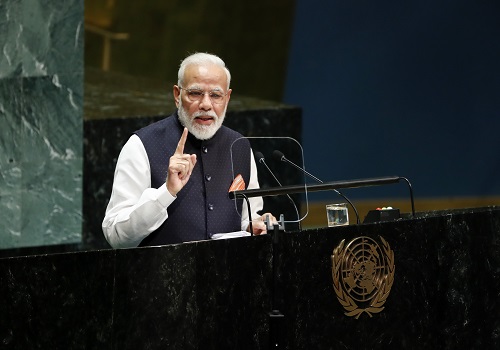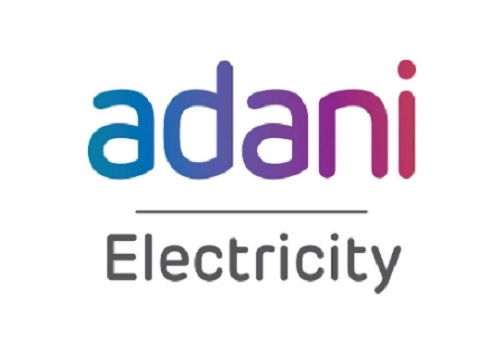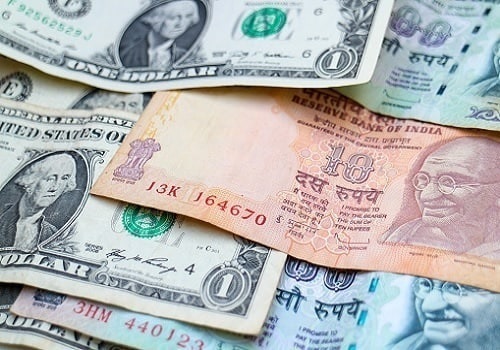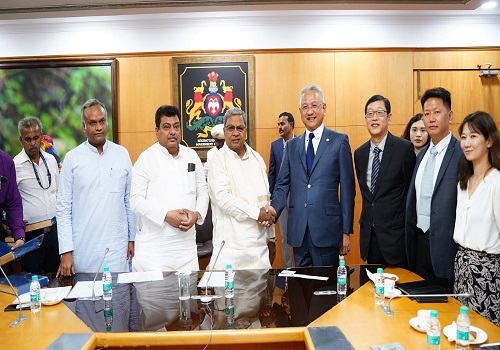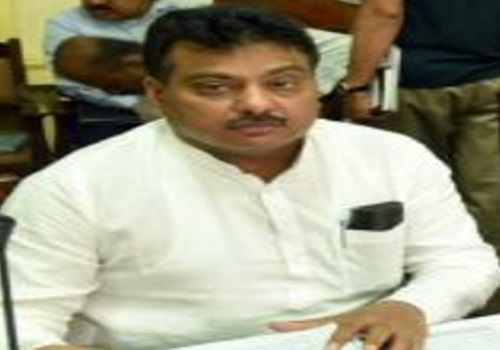Exclusive-India aims to trade electricity with Southeast Asia -sources
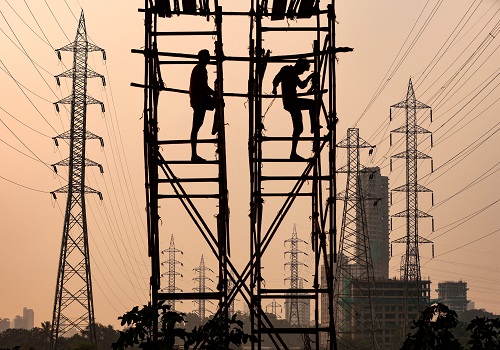
India is considering trading power with Southeast Asian countries through Myanmar and Thailand, five sources briefed on the matter said, as New Delhi looks to use its growing renewables capacity to boost regional diplomatic engagement.
The grid linkages, which an industry official said could take at least four years to complete, follow India's effort to begin trading power with Middle Eastern countries such as the United Arab Emirates.
The sources, who also include four power ministry officials, declined to be identified as the previously unreported plan has not been made public. India's federal power ministry did not immediately respond to a request for comment.
Indian Prime Minister Narendra Modi's government has been trying to promote closer political and economic ties with its neighbours, pushing back against China's growing regional influence.
Indian energy officials are holding separate and group discussions with some countries on advancing regional power grid interconnections at ongoing Group of 20 (G20) ministerial meetings in the Indian state of Goa, the power ministry officials said.
Support from G20 members is seen as key to winning backing from bankers and developers in making investment decisions, one of the ministry officials said.
India has engaged France's EDF to prepare a regulatory framework that would address key challenges including pricing, the industry official said. EDF is expected to complete the report by the end of this year, the official added.
EDF did not immediately respond to a request for comment.
"Once we are able to connect India's national grid to Burma (Myanmar), we should be able to strengthen the grid there and further transmit to Thailand and even Asia's east," the industry official said.
While cross-border grid linkages have drawn investment and government interest in regions from Europe to Southeast Asia, the rising cost of building subsea cables, surging prices of raw materials needed to upgrade grids and geopolitical tensions have raised questions about the viability of such projects.
Members of the Association of Southeast Asian Nations (ASEAN) have been trying for decades to form a regional grid to facilitate multilateral power trade, but progress has been limited to bilateral deals between countries.
India plans to boost its renewable and big hydropower capacity to 500 gigawatts (GW) by 2030, from 177 GW currently. Solar parks are expected to account for much of the new capacity.
The effort could help ease fossil fuel dependence by making solar power available for more hours of the day, the ministry officials said.
Transmission charges on power supplied using an interconnected regional network is a key challenge, the second of the ministry officials said.
Interconnections would be both under the sea and on land, with integration of renewable energy boosted by pooling resources from across the region, the same official added.
India already exports some power to Bangladesh, Nepal and Bhutan along with very small amounts to Myanmar that would be stepped up massively under the new plan.


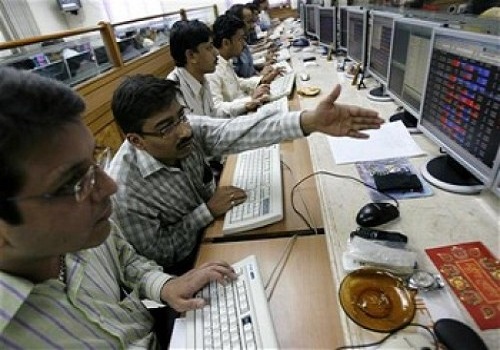

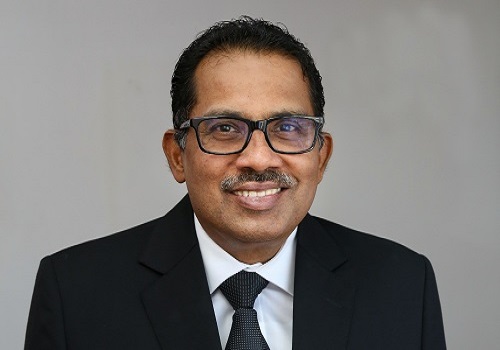




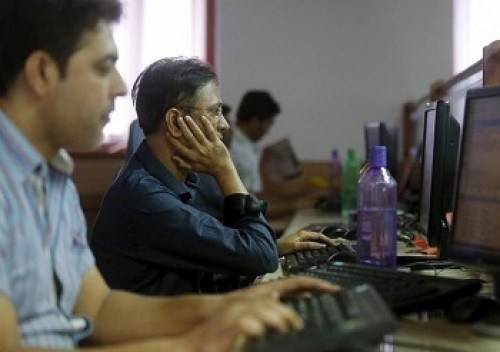
Tag News
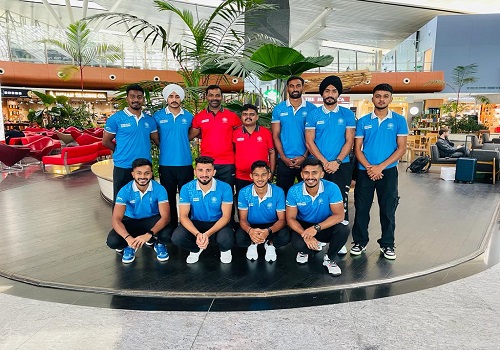
Indian team leaves for Men`s Asian Hockey 5s World Cup Qualifier


